Which is better Aluminium 3003 or 1050?
08-21-2024
In the vast realm of materials engineering, aluminium alloys have emerged as workhorses due to their exceptional properties like lightweight, corrosion resistance, and formability. Among the myriad of alloys available, Aluminium 3003 and Aluminium 1050 stand out as popular choices across various industries. Each alloy boasts its unique blend of characteristics, making the decision between them a nuanced one.
1) Aluminium 1050: The Purest of the Bunch
Aluminium 1050, also known as pure aluminium, contains at least 99.5% aluminium by weight, making it one of the most elemental grades of this metal. Its simplicity in composition translates into several notable qualities:
● Excellent Corrosion Resistance: The high purity of Aluminium 1050 means it naturally resists corrosion, ideal for applications where durability is key.
● High Electrical and Thermal Conductivity: Pure aluminium is an excellent conductor of both electricity and heat, making it suitable for electrical components and heat exchangers.
● Easy to Work With: Its soft nature allows for easy fabrication processes like bending, rolling, and drawing, without requiring complex equipment or high temperatures.
● Cost-Effective: As a relatively basic alloy, Aluminium 1050 is generally more affordable than most other grades.
● However, its softness also presents limitations, particularly in strength and wear resistance. It's not ideal for applications requiring high structural integrity or where exposure to heavy loads or abrasion is a concern.
2) The Rise of 3003 Aluminum Sheet
Aluminium 3003, on the other hand, is an alloy that combines the advantages of aluminium with small additions of manganese (Mn) and copper (Cu), typically around 1.2% Mn and 0.1% Cu. This blend results in a material that strikes a balance between strength, ductility, and corrosion resistance:
● Moderate Strength: While not as strong as some high-strength alloys, Aluminium 3003 offers better mechanical properties than pure aluminium, making it suitable for light-duty structural applications.
● Good Formability and Weldability: The alloy's ductility allows for complex shaping and fabrication, while its good weldability further expands its range of uses.
● Corrosion Resistance: Despite not being as pure as Aluminium 1050, the addition of manganese provides sufficient corrosion resistance for most environments.
● Cost-Effective Strength: By offering improved strength over pure aluminium without significantly increasing cost, Aluminium 3003 is a cost-effective choice for many applications.
● However, the introduction of alloying elements slightly reduces its electrical and thermal conductivity compared to Aluminium 1050.
3) The Verdict: Which is Better?
The answer to this question largely depends on your specific application requirements. If you're looking for a material with unparalleled purity, excellent conductivity, and ease of processing for non-structural applications, Aluminium 1050 is an excellent choice. On the other hand, if you need a material that balances strength, formability, corrosion resistance, and cost-effectiveness for light structural work or general-purpose use, Aluminium 3003 emerges as the winner.
In summary, both Aluminium 1050 and Aluminium 3003 have their distinct advantages, and selecting the right one requires a careful consideration of your project's specific needs. Understanding the trade-offs between purity, strength, cost, and other factors will help you make an informed decision that aligns with your goals.







